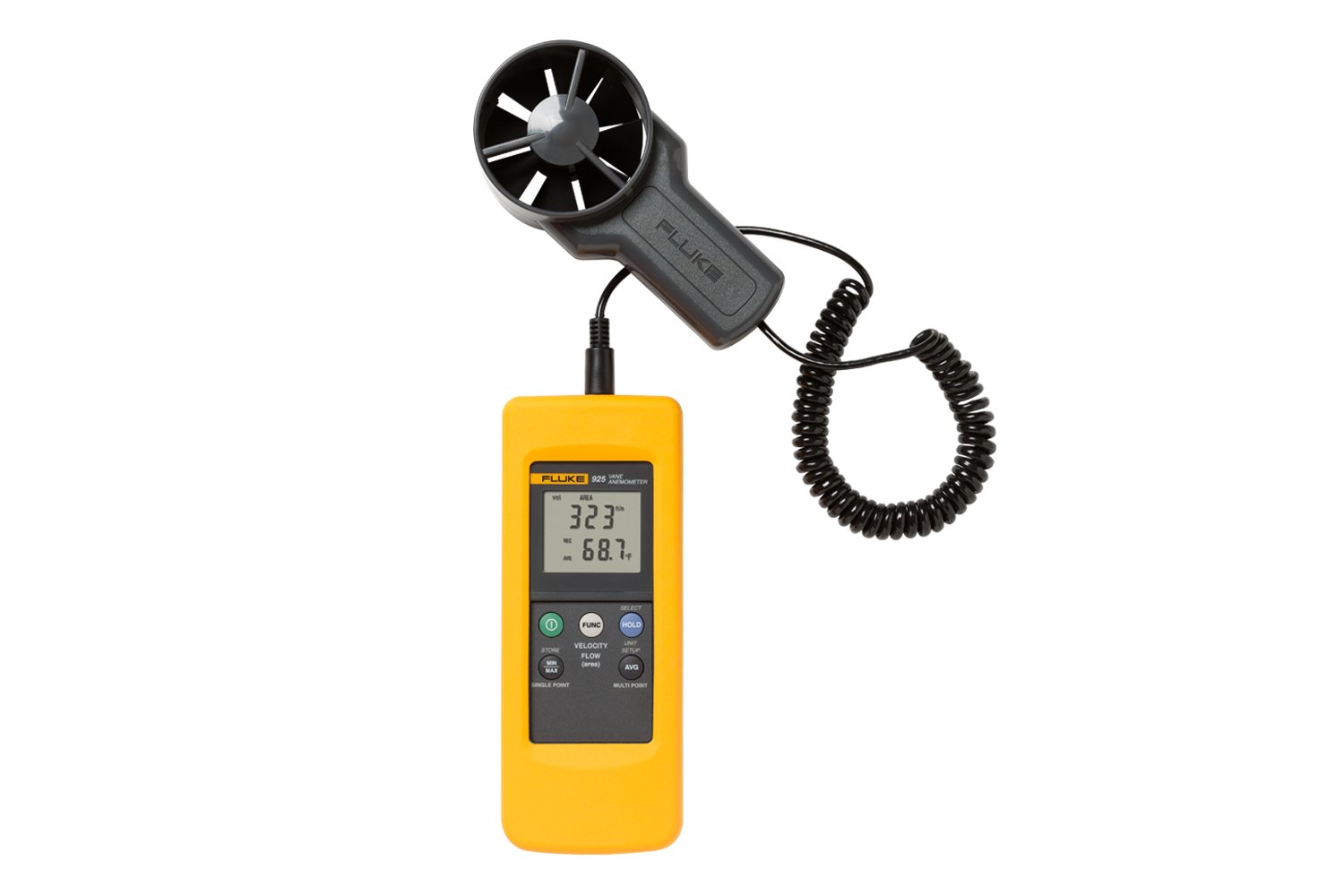The Duty of an Anemometer in Improving Safety And Security for Outdoor Activities
The Duty of an Anemometer in Improving Safety And Security for Outdoor Activities
Blog Article
Anemometers Revealed: Recognizing Their Relevance in Ecological Tracking and Precaution
The role of anemometers in ecological tracking and precaution is frequently underestimated, yet their relevance is obvious. These tools have a lengthy background rooted in scientific questions and technological developments, developing to come to be vital devices in different fields. From meteorology to aviation security, anemometers play a crucial role in giving precise data that informs decision-making processes and enhances overall safety. Comprehending the details of anemometers reveals a globe of important understandings that are essential to our understanding of the atmosphere and the measures we take to guarantee safety.
Background of Anemometers
The development of anemometers can be mapped back to the old people where primary wind determining tools were first made use of. One of the earliest recognized anemometers was the hemispherical mug anemometer invented by Leon Battista Alberti in the 15th century.
In the 18th century, the prominent researcher John Thomas Romney Robinson introduced the Robinson anemometer, which included four hemispherical mugs installed on horizontal arms that extended from a main axis. This layout ended up being a requirement in atmospheric dimensions due to its accuracy and integrity. Throughout the years, innovations in technology led to the development of more contemporary anemometers, consisting of ultrasonic anemometers and laser Doppler anemometers, providing increased accuracy and efficiency in determining wind speed and direction. The history of anemometers showcases an impressive journey of advancement and progression in the field of weather forecasting.
Types of Anemometers
Throughout the area of meteorology, various kinds of anemometers have actually been established to accurately measure wind rate and instructions. The most usual type is the cup anemometer, which contains 3 or four mugs placed on straight arms that turn with the wind. As the cups spin, the rate at which they turn is directly proportional to the wind rate. Another commonly utilized type is the vane anemometer, which features a tail or fin that aligns itself with the wind direction. This placement enables the device to identify the wind direction. Sonic anemometers make use of ultrasonic signals to gauge wind rate and direction properly. They are typically used in study applications due to their high accuracy. Hot-wire anemometers operate based upon the principle that the cooling result of wind on a heated wire is proportional to the wind rate. These anemometers appropriate for determining reduced wind speeds with high accuracy. Each kind of anemometer has its toughness and is selected based on the particular demands of the surveillance task at hand.
Applications in Meteorology
Having gone over the various sorts of anemometers used in meteorology for measuring wind speed and instructions, it is important to explore their sensible applications in the area. Anemometers play an important duty in meteorology by giving real-time and exact data on wind problems (anemometer). Meteorologists make use of anemometers to check wind rate and instructions to anticipate weather condition patterns, concern cautions for extreme climate events like hurricanes, tornadoes, and storms, and evaluate weather for air travel safety and security
In weather forecasting, anemometers help in comprehending regional and regional wind patterns, which are great site important for predicting weather adjustments and establishing climatic fads. These tools are likewise made use of in study to examine microclimates, urban warmth islands, and air pollution dispersion. Additionally, anemometers are utilized in agriculture to enhance plant management practices, such as watering and pesticide application, based upon wind problems.
Value in Aviation Safety And Security
An integral element of ensuring air travel safety and security hinges on the thorough monitoring of wind conditions utilizing anemometers. Anemometers play a vital role in aeronautics by providing real-time information on wind speed and instructions, aiding pilots in making notified choices throughout liftoff, trip, and landing. Uncertain and strong winds can substantially influence aircraft procedures, making it important for aeronautics authorities to count on precise wind dimensions to guarantee the safety and security of passengers and crew.
In the vibrant environment of aeronautics, where even small modifications in wind rate and direction can have extensive results, anemometers stand as vital tools for promoting safe and secure and safe flight.
Role in Environmental Research Study
Anemometers play an important function in ecological research study by supplying essential information on wind speed and direction. By precisely determining wind qualities, anemometers aid researchers evaluate the movement of pollutants in the air, assess the impact of commercial exhausts, and predict the spread of contaminants in the environment.


Verdict
In final thought, anemometers have played a crucial duty in environmental surveillance and security steps. Comprehending the value of anemometers is essential for accurately gauging wind speed and instructions, which is important for predicting weather condition patterns, guaranteeing secure air travel operations, and conducting environmental studies.
One of the earliest known anemometers was the hemispherical mug anemometer created by Leon Battista Alberti in the 15th century. Over the years, improvements in innovation led to the growth of even more contemporary anemometers, consisting of ultrasonic anemometers and laser Doppler anemometers, providing increased accuracy and performance in determining wind rate and instructions. Hot-wire anemometers operate based click to find out more on the concept that the cooling impact of wind on a heated cable is symmetrical to the wind speed. Meteorologists utilize anemometers to keep track of wind speed and instructions to forecast weather condition patterns, concern cautions for severe weather condition events like cyclones, tornados, and tornadoes, and assess atmospheric conditions for air travel safety.
Understanding the significance of anemometers is essential for precisely gauging wind rate and instructions, which is important for anticipating climate patterns, guaranteeing safe aeronautics operations, and performing ecological studies. (anemometer)
Report this page